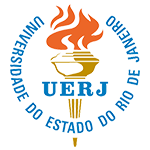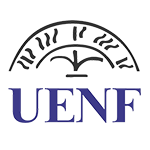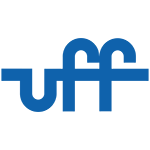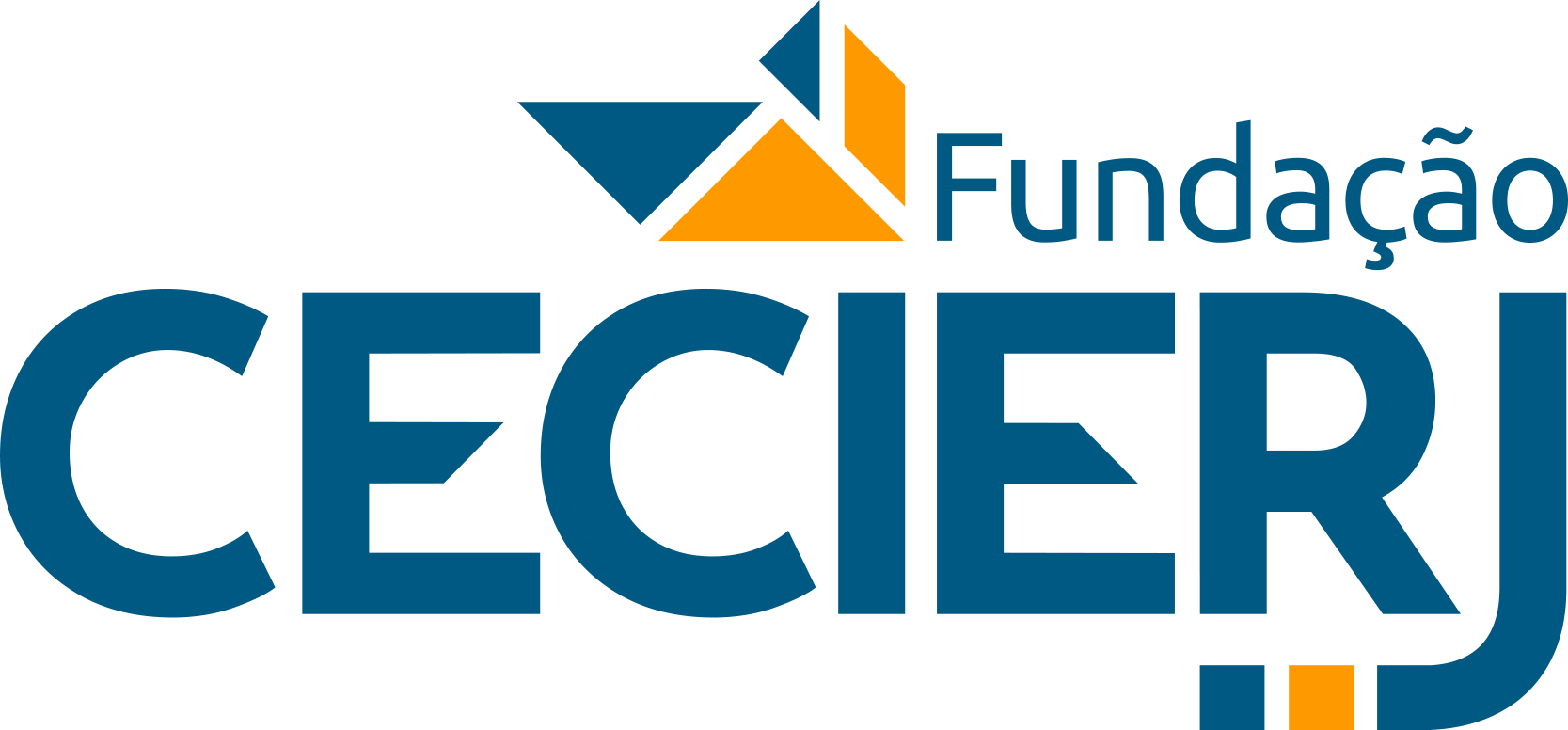Beyond Curricular Units Offering: An Inclusive Possibility for AspiesStudents Through Virtual Platforms
DOI:
https://doi.org/10.18264/eadf.v9i1.869Abstract
Higher education institutions offer curricular units per semester according to the number of students and their physical infrastructure. When the focus is on private institutions, it is reasonable that this control is even more persistent and with defined processes because it directly affectstheir sustainability. Considering the curricular units that use conventional classrooms, the number of students allocated per class is made on the agreed quantity, and not necessarily by the student profile. In the teaching and learning process, teachers need to plan their instructional-pedagogical organization according to the students profile and plurality in the classroom. There is therefore a dualism of academic processes, each with its importance. On the one hand, the financial situation of the institution must be guaranteed. On the other hand, we must strive for the quality of the teaching and learning process, consideringthe diversity and different learning styles of the students. The aim of this study was to present a proposal fora recommended curriculum considering the particularities of an undergraduate student with Asperger's Syndrome at Projeção de Ceilândia College, Distrito Federal. For that, a mixed approach was chosen, documentary and descriptive, with five stages defined based on content typology, Bloom taxonomy, and adaptive learning mediated by a virtual learning environment. A methodological strategy mediated by distance education may be feasible to mitigate the limitations and difficulties of Aspergers Syndrome.
Keywords: Academic offerings. Inclusive education. Asperger's Syndrome.
Downloads
References
AUSUBEL, D.P. Educational Psychology: A Cognitive View. New York, Holt, Rinehart and Winston, 1968.
BARROS, A. J. da S.; LEHFELD, N.A. de S. Fundamentos de metodologia científica. 3. ed. Pearson, 2007.
BLOOM, B. S. What we are learning about teaching and learning: a summary of recent research. Principal, v. 66, n. 2, p. 6-10, 1986.
BURGOINE, E; WING, L. Identical triplets with Aspergers Syndrome. Br J Psychiatry v.143, p.261-265, 1983.
CLARKE, J.; VAN AMEROM, G. Surplus suffering: differences between organizational understandings of Asperger's syndrome and those people who claim the 'disorder'. Disability & Society. v.22, n.7, p.761?76, 2007.
CRESWELL, J. W. W. Projeto de pesquisa: métodos qualitativo, quantitativo e misto. 2. ed. Porto Alegre: Bookman, 2010.
DIAS, Paulo. Comunidades de aprendizagem na web. In.: Conselho Nacional de Educação (org.). Ata do Seminário Redes de Aprendizagem, Redes de Conhecimento, Portugal, Conselho Nacional de Educação, p.85-94, 2002.
FERRAZ, A. P. C. M. et al. Taxonomia de Bloom: revisão teórica e apresentação das adequações do instrumento para definição de objetivos instrucionais. Gest. Prod., São Carlos, v. 17, n. 2, p. 421-431, 2010.
MCPARTLAND, J.; KLIN, A. Asperger's syndrome. Adolesc Med Clin. v. 17, n. 3. p.771?788, 2006.
KELLNER, Felipe Luis et al. Aplicação da programação linear na resolução do problema de ensalamento. Anais do EVINCI-UniBrasil, v. 1, n. 2, p. 181-181, 2015.
KLIN, Ami. Autismo e síndrome de Asperger: uma visão geral Autism and Asperger syndrome: an overview. Rev Bras Psiquiatr, v. 28, n. Supl I, p. S3-11, 2006.
MOREIRA, Marco Antônio. Aprendizagem significativa. Brasília: Editora Universidade de Brasília, 1999.
ORRÚ, Sílvia Ester. Síndrome de Asperger: aspectos científicos e educacionais. Revista Iberoamericana de Educación, v. 53, n. 7, p. 1-14, 2010.
PROJEÇíO, Faculdade. Núcleo de Apoio Psicopedagógico ao Estudante. Relatório Psicológico: Estudante (...), 2018.
TEIXEIRA, Paulo. Síndrome de Asperger. Universidade Lusíada, Porto, 2005.
ZABALA, Antoni. A Prática Educativa: como ensinar. Porto Alegre: artmed, 1998.
Downloads
Published
How to Cite
Issue
Section
License
All articles published in Revista EaD em Foco receive the license
Creative Commons - Atribuição 4.0 Internacional (CC BY 4.0).
All subsequent publications, complete or partial, must be made with the acknowledgment, in citations, of the Revista EaD em Foco as the original editor of the article.













